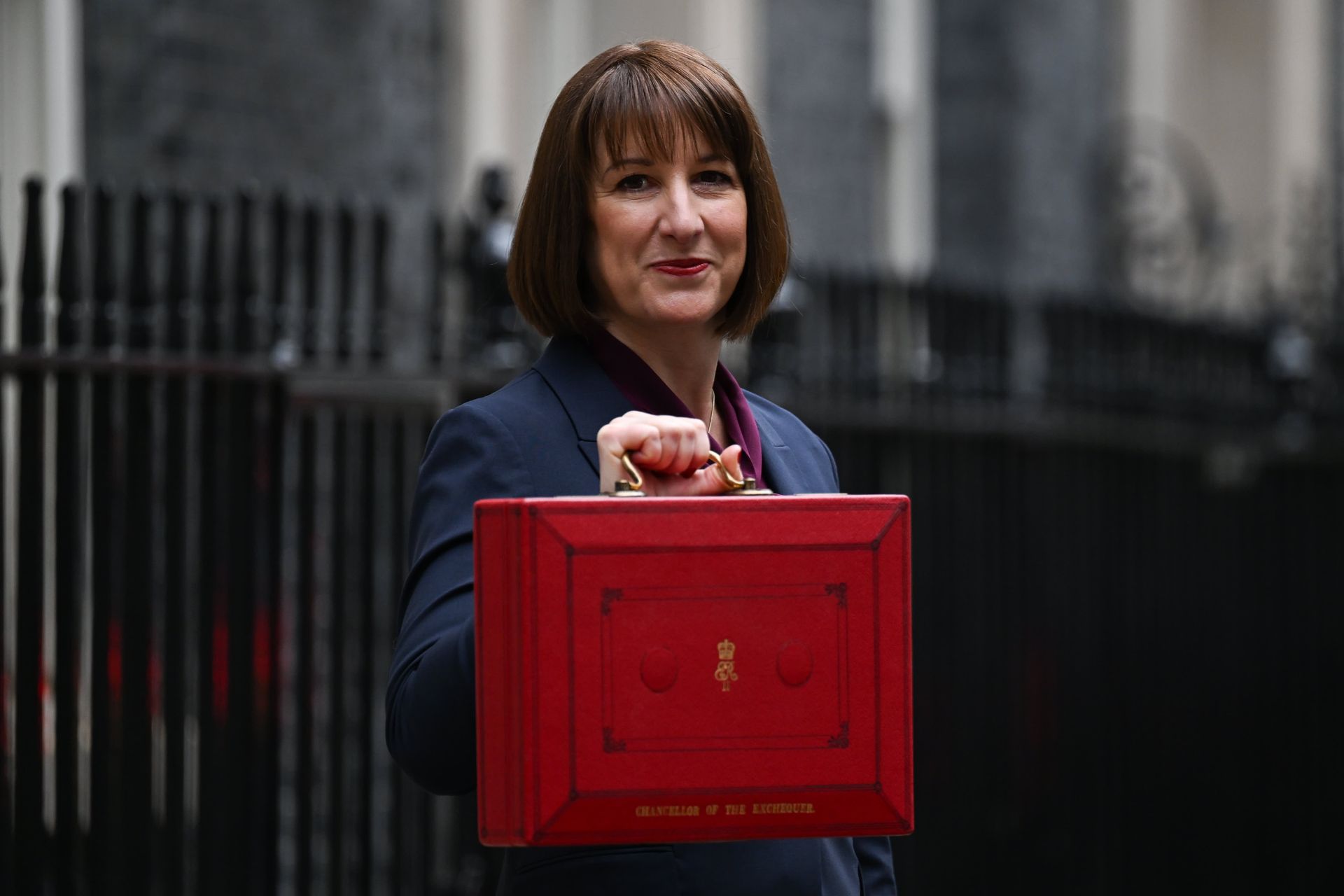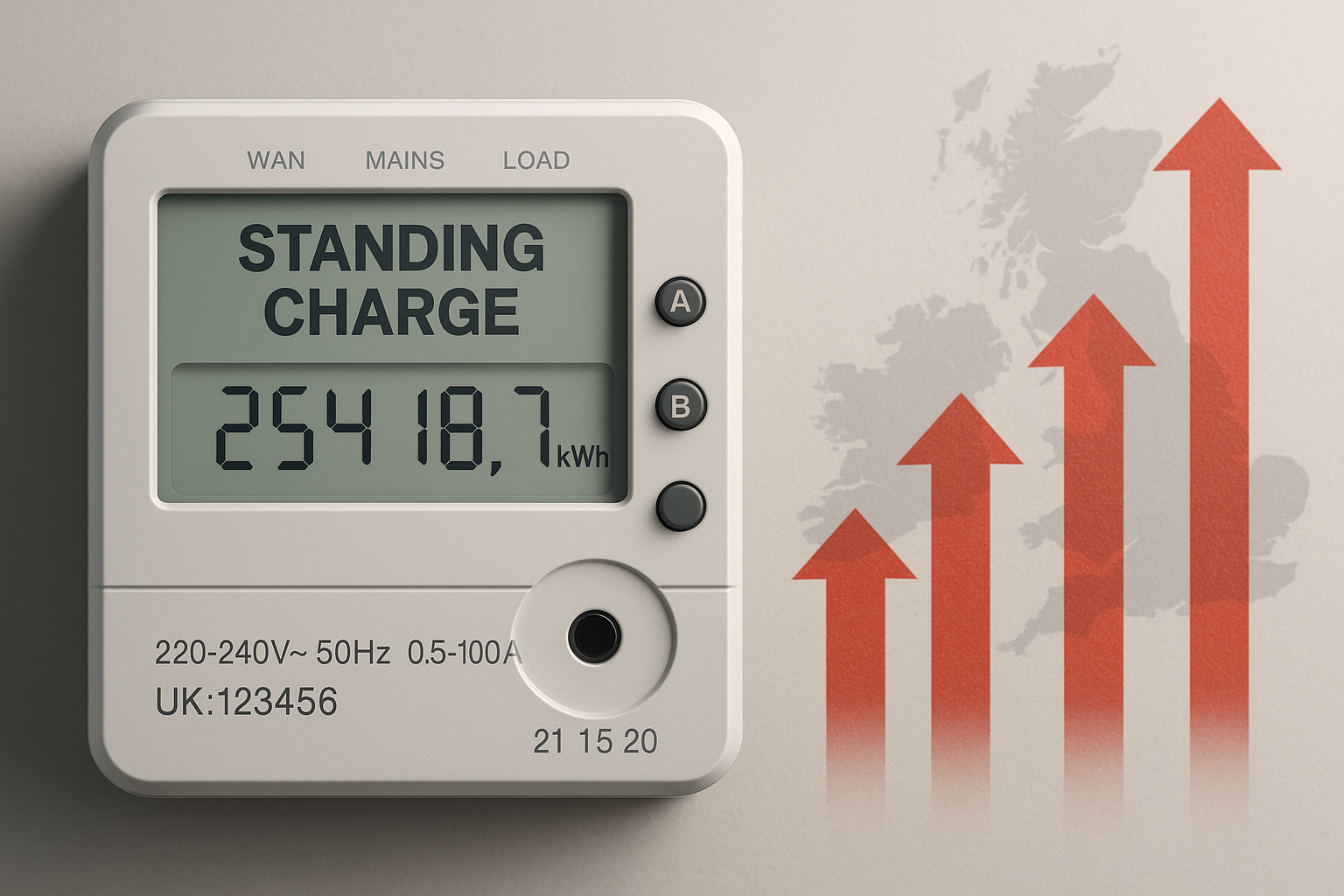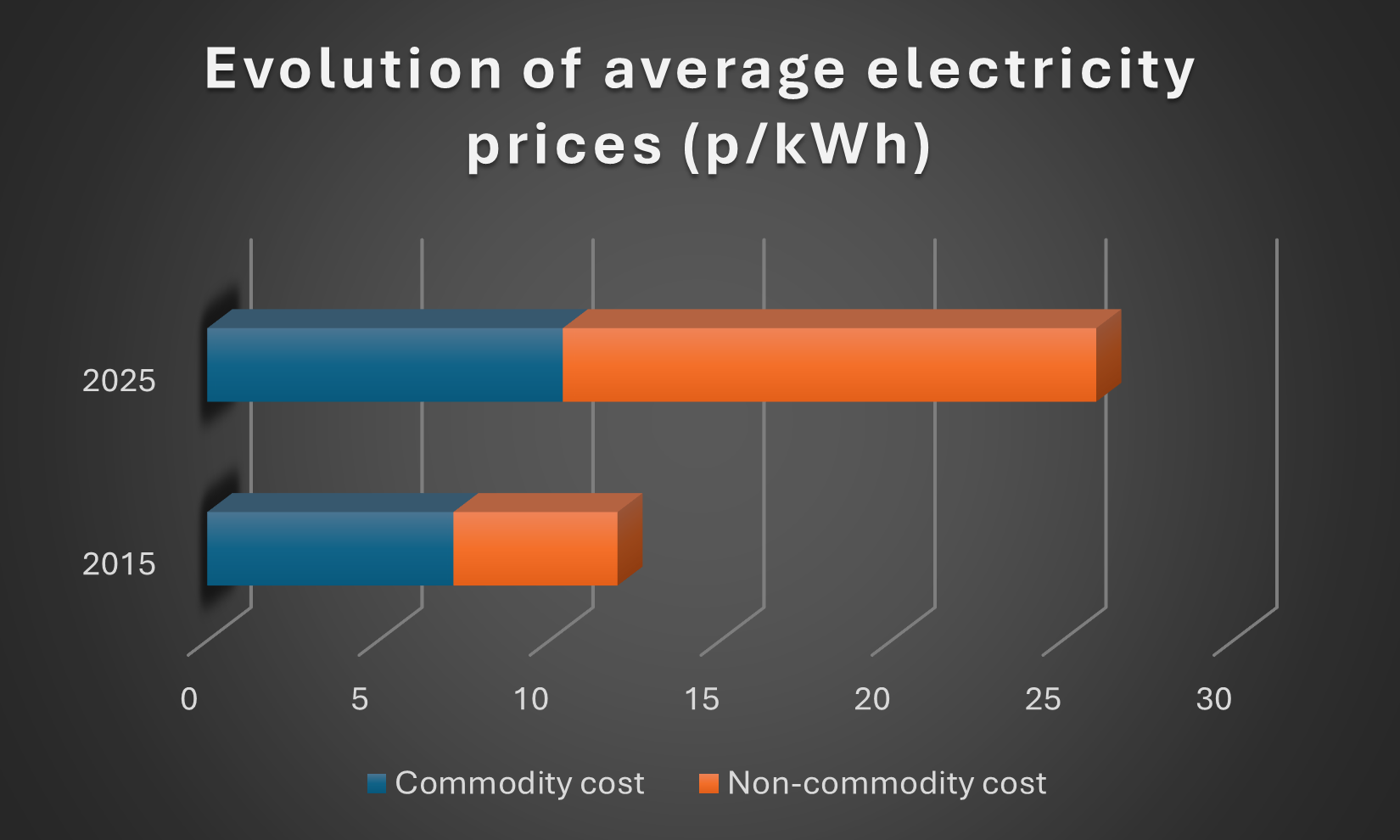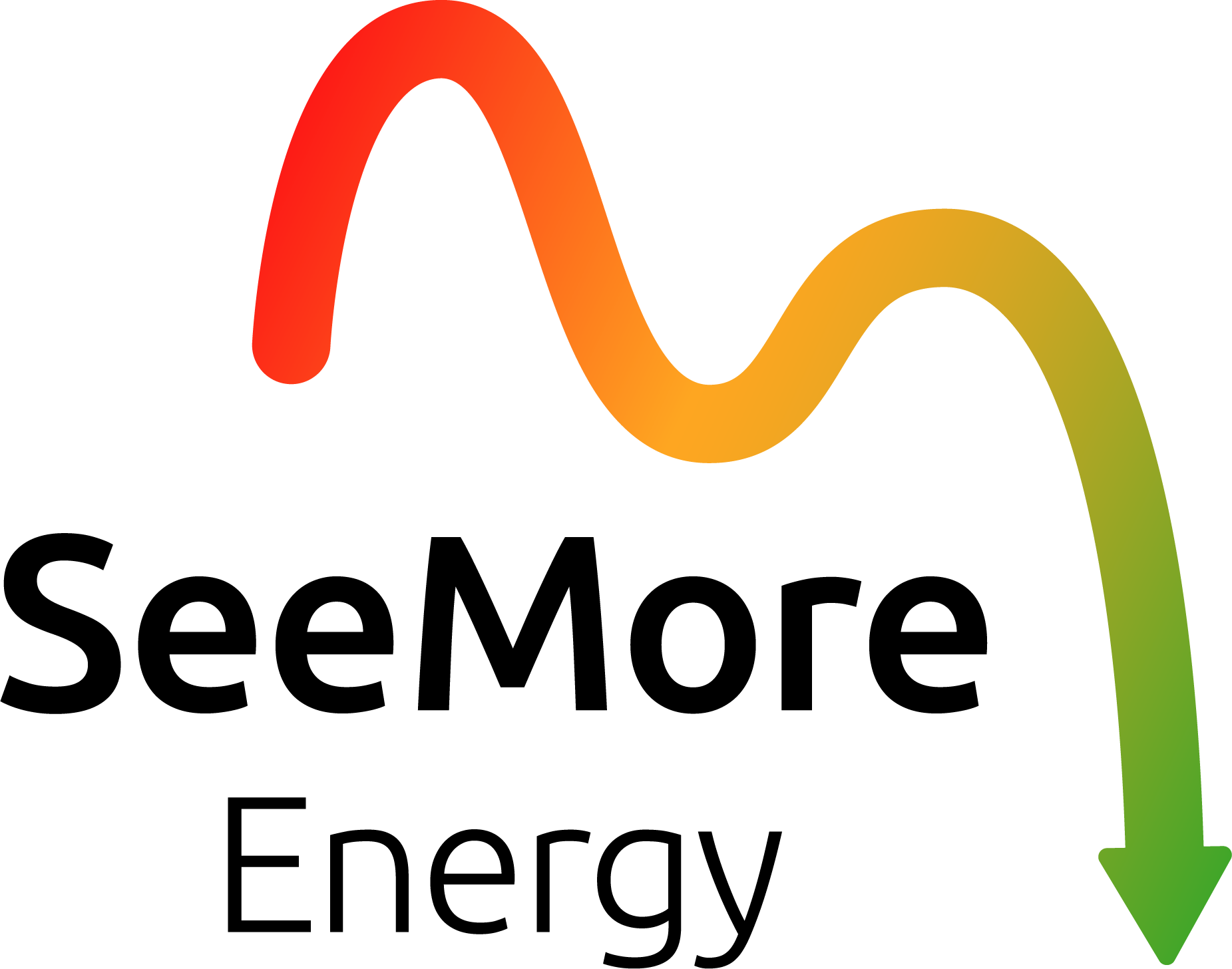‘SeeMore’ Energy Markets: February Review
'SeeMore' Energy Markets: February Review
This February we saw wholesale prices continue to fall. The day ahead market was relatively stable with the price dropping slightly over the course of the last 4 weeks. It started the month at £148/MWh and closed at £127.10MWh representing at 14% decrease in price and returning to levels similar to August 2021. February 6th saw the highest price of £172.50MWh with February 17th seeing the lowest price of £120MWh. This continues the 2023 trend of price steadily decreasing. A meter that consumes 10,000KwH per month would be seeing commodity costs of £1370.50 compared to £3400.30 it would have been paying based on the day ahead price on December 1st. For those who were out of contract in December, staying on the day ahead rates and waiting for prices to fall will likely prove to have been a superior strategy to taking the rates available then.
After a winter that saw reduced levels of gas consumption across Europe, the UK government have made plans to reduce energy costs for specific industries and announce the latest round of Energy schemes.
OFGEM announced that the energy price cap will change from £4279 to £3289 for the April-June quarter. With the level of support provided by the government set to be reduced from April 1st - this could lead to a 20% increase in the bills of the average household. From April 2023 - April 2024 the Energy Price Guarantee is expected to save the average household around £500, whereas a typical household was predicted to save £900 from the price guarantee that was in place from October 2022 - March 2023.
This announcement suggests that OFGEM see the declining price in the wholesale market as something that will be sustained even if wholesale price movements aren’t immediately reflected in the bills most households will receive.
It is likely energy costs will remain at the forefront of people’s minds for the foreseeable future as it was revealed by The Centre for Sustainable Energy that standing charges have risen by more than 80% in the last year. These price rises are mostly felt when a customer moves from the previous fixed rate contract to a new deal and could come as some surprise to people whose contracts are due to expire in the coming months. Although with the trend of commodity prices starting to decrease, this could go some way to offset the increased price in bills that people can expect to see.
The UK has also felt the impact of higher energy prices in the supply of groceries. Items which previously may have been taken for granted as staples are now facing shortages. Frost in Morocco and Spain lowered tomato production this winter, and - with UK energy prices high - it hasn’t been cost-effective to make up for these supply shortfalls by heating greenhouses. Horticulture was not included in the Energy and Trade Intensive Industries scheme which provides support to specific industries. Although the UK government is trying to offer support elsewhere.

Last week the government announced that it is looking to provide industry-specific support to help energy-intensive industries remain internationally competitive. The chemical and steel industries will be among the industries supported, with the proposals expected to help over 300 UK businesses.
Outlook
During the coming month the EU will meet to discuss reforming the energy markets. The aim will be to shield European consumers from the type of price fluctuations that were witnessed last year, with European electricity prices being disproportionately impacted by the price of gas. Currently, it appears that there is disagreement amongst EU nations about the best way to approach any such reform, with interventions in free-markets often leading to inadvertent costs being passed on to customers. As well as there being a lack of agreement on the extent to which renewables can be relied upon, and whether Nuclear power should be used as a key part of any energy strategy. The finalised proposal will be made on March 14th, after that the final reforms will be negotiated. Although any impact we see from this is unlikely to come into force before 2024.
Fears remain that the Russia-Ukraine conflict could further impact energy prices across Europe. While Europe has been looking elsewhere for it’s energy needs – increasing imports from the US and Kazakhstan, while also seeing Norway begin to increase it’s output – there is still some reliance on Russian exports (10% of Europe’s gas still comes from Russia).
However, the head of RWE – Germany’s largest utility – has moved to assuage the remaining concerns. He stated that he doesn’t believe we will see gas prices as high as 2022’s peak again. After a mild winter, and with European gas storage levels considerably higher than this time last year, a lot of the tension surrounding the gas market seems to be dissipating. With French nuclear energy returning, European storage levels at 65% (compared to 29% last year), and Germany completing construction of it’s floating LNG terminals, the outlook is significantly more positive than it was for most of 2022.









